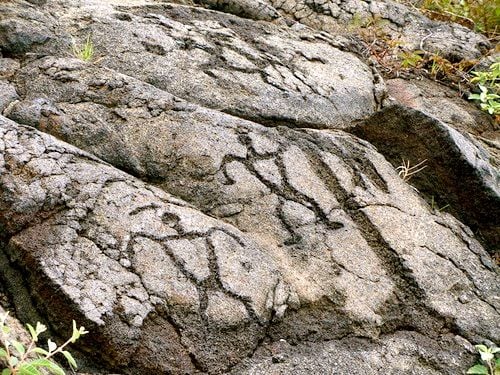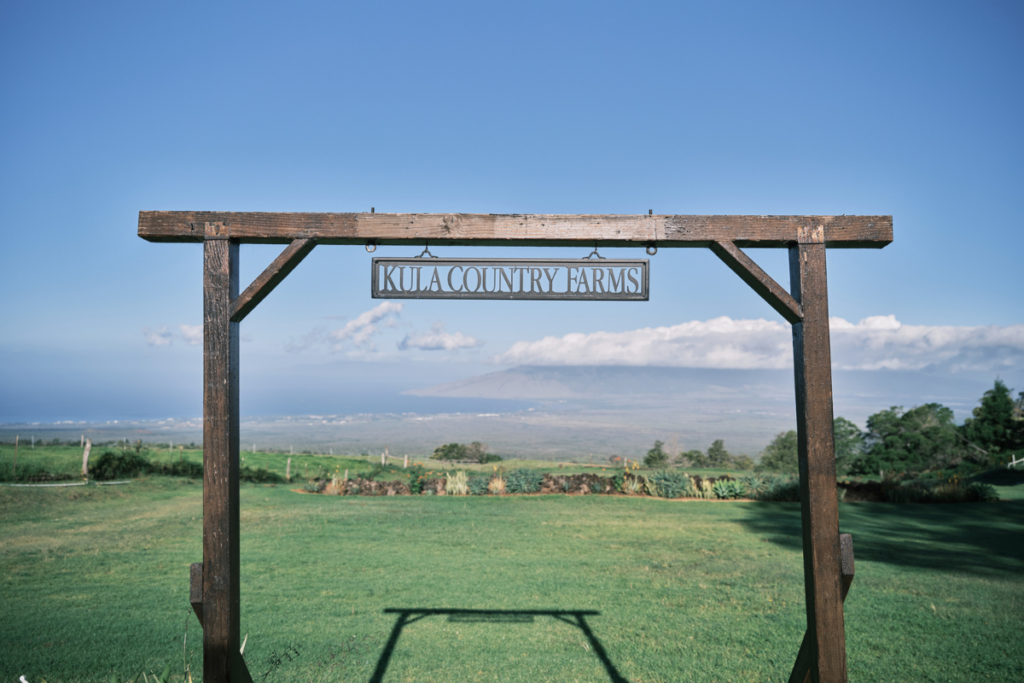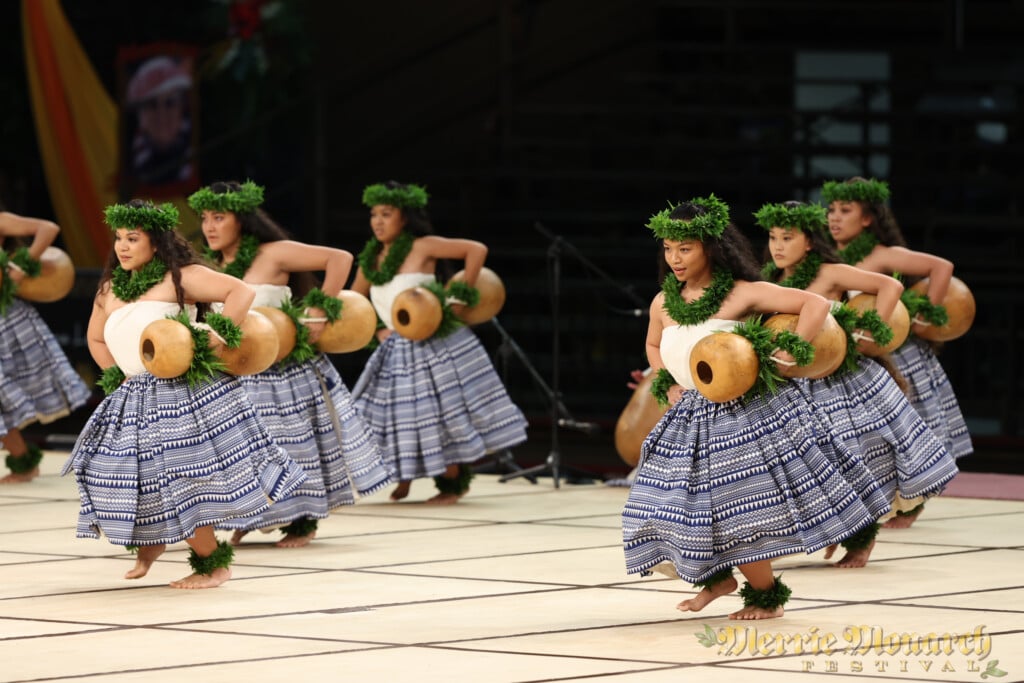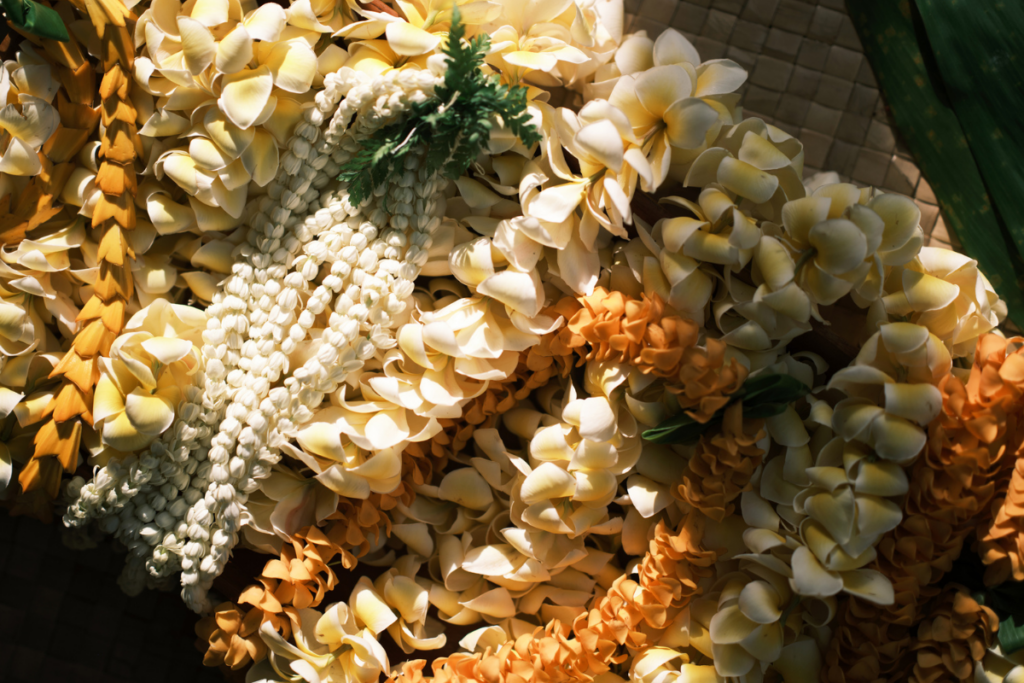Petroglyph walk, guided hikes offered at Big Island’s Hawaii Volcanoes National Park

Hawaii Volcanoes Institute — an educational seminar sponsored by the nonprofit Friends of Hawaii Volcanoes National Park — is offering a Pu’uloa Petroglyph Walk, which spotlights hundreds of ancient symbols carved into lava over countless generations.
The guided 1.5-mile easy-going round-trip walk through windswept coastal lowlands is set for 8:45 a.m. to 2 p.m. on Sat., Aug. 25. Hawaii Volcanoes National Park is home to the largest petroglyph field in the state, which is accessible via a trailhead 17 miles down Chain of Craters Road. For more information about this weekend’s seminar and registration fees, click here or call (808) 985-7373.
In other news tied to Volcanoes National Park, yesterday park officials announced a lineup of three free programs that aim to introduce hikers to intriguing landscapes, biodiversity and history in the park’s southernmost section.
Officials also announced that a new 4.5-mile hiking trail in Volcanoes National Park’s Kahuku area is now open to visitors.
Located between 3,880 feet and 4,440 feet above sea level, the new Kona Trail (pictured, left) offers sweeping views of Ka Lae, the Kau coast, and it crosses a rugged lava landscape left behind by the 1887 Mauna Loa flow. The loop trail winds through old pastures and native forests, and alongside native plant restoration areas. Its hiking difficulty level is rated as “moderate.”
Kahuku is located on Highway 11, near mile marker 70.5 on the mauka side of the road. The Kona Trail is about 5.5 miles from the Kahuku entrance up a steep, rough and rocky road. Four-wheel drive is strongly recommended. Parking for the Kona Trail is at the Lower and Upper Glover Trailheads.
Kahuku and the new Kona Trail are open Saturdays (except the first Saturday of each month) and Sundays, from 9 a.m. to 3 p.m.
Here’s the park’s three-program lineup.
• People and Land of Kahuku — A three-hour excursion (2 miles) through pastures, a quarry, an airstrip and the 1868 lava fields of Kahuku. Rangers will explain how people lived on the vast Kahuku lands, from the earliest Hawaiians through today. Participants will hike in emerging native forest, hear about Kahuku’s history of violent earthquakes and eruptions and the residents who survived them, and find out how Volcanoes National Park plans to restore the native ecosystem and protect Kahuku’s cultural sites.
Guided hikes: 9 a.m. to 12:30 p.m., on Sun., Aug. 26, Sept. 9, Sept. 22, Oct. 14 and Nov. 10. Drive through the Kahuku gate, which is located on the mauka side of Highway 11 near mile marker 70.5. Meet at visitor contact tent, near ranch buildings. No advance registration is required.
• Kipuka Akihi — A five-hour adventure (1.5 miles) to see rare plants and wildlife. Participants must be prepared to scramble over fallen trees, lava rock, and slippery, wet terrain. Wear sturdy hiking shoes, long pants, sunscreen and a hat. Bring raingear, garden gloves, day-pack, insect repellent, lunch and water. This forest stewardship program provides opportunities to help protect this rainforest by pulling up invasive kahili ginger and other invasive non-native plants throughout the kipuka. No advance registration is required.
This program, which takes hikers into Kahuku’s isolated refuge of rare plants is offered from 10 a.m. to 3 p.m. on Sat., Aug. 25, Sept. 23, Oct. 21 and Nov. 24. Drive through the Kahuku gate, on the mauka side of Highway 11 near mile marker 70.5. Meet at visitor contact tent.
• Palm Trail — The Palm Trail, an easy-going 2.6 mile loop through scenic pasture along an ancient cinder cone, offers some of the best panoramic views Kahuku has to offer. Along the way are relics of the ranching era, sections of remnant native forest and striking volcanic features from the 1868 eruptive fissures. The trail opened in October 2011.
Guided hikes: 9:30 a.m. to 12:30 p.m. on Sept. 15 and Sept. 29. Drive through the Kahuku gate, on mauka side of Highway 11 near mile marker 70.5. Meet at the visitor contact tent. No advance registration is required.
For more information about Volcanoes National Park or Friends of Volcanoes National Park, click here and here, respectively.


